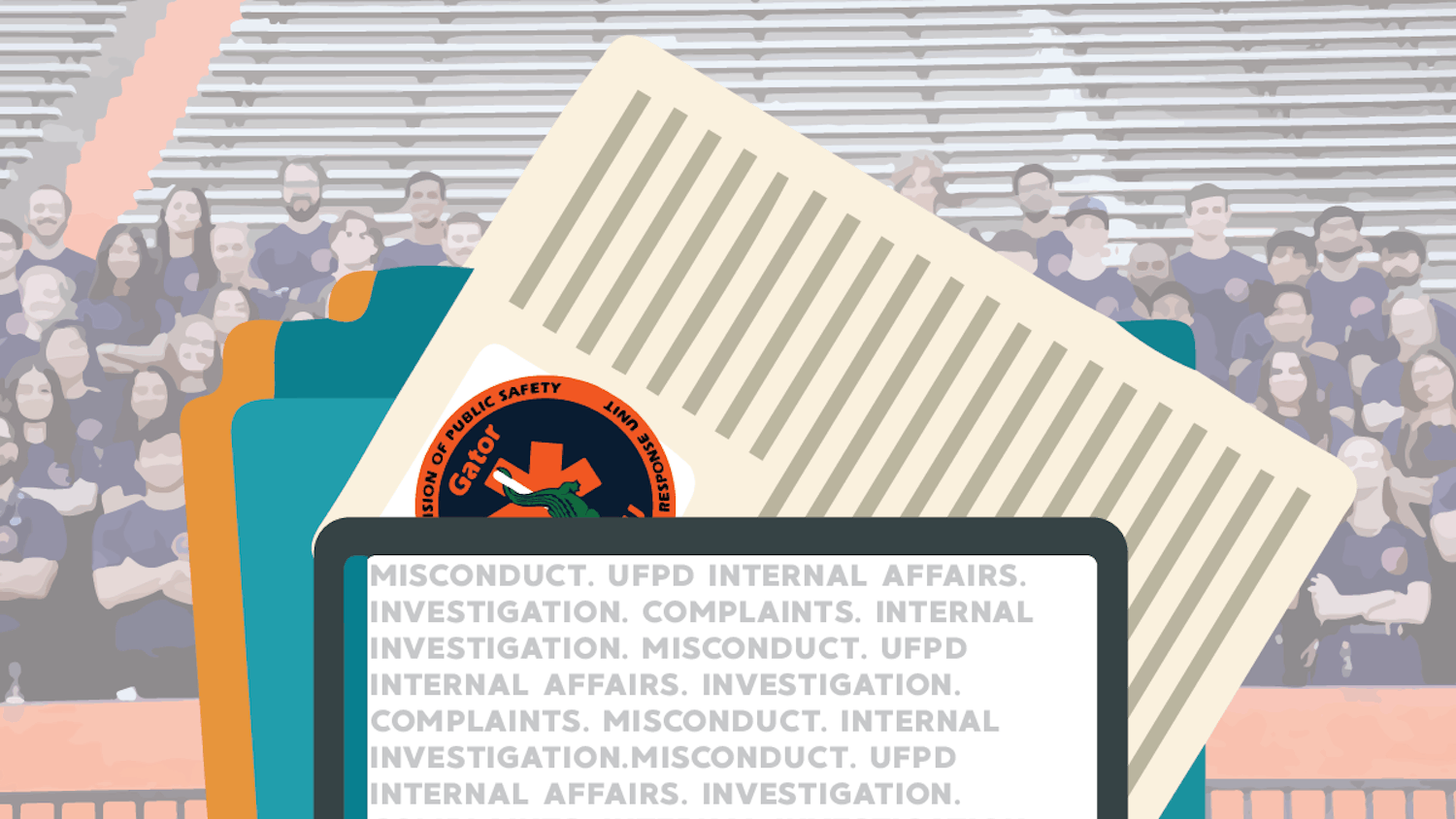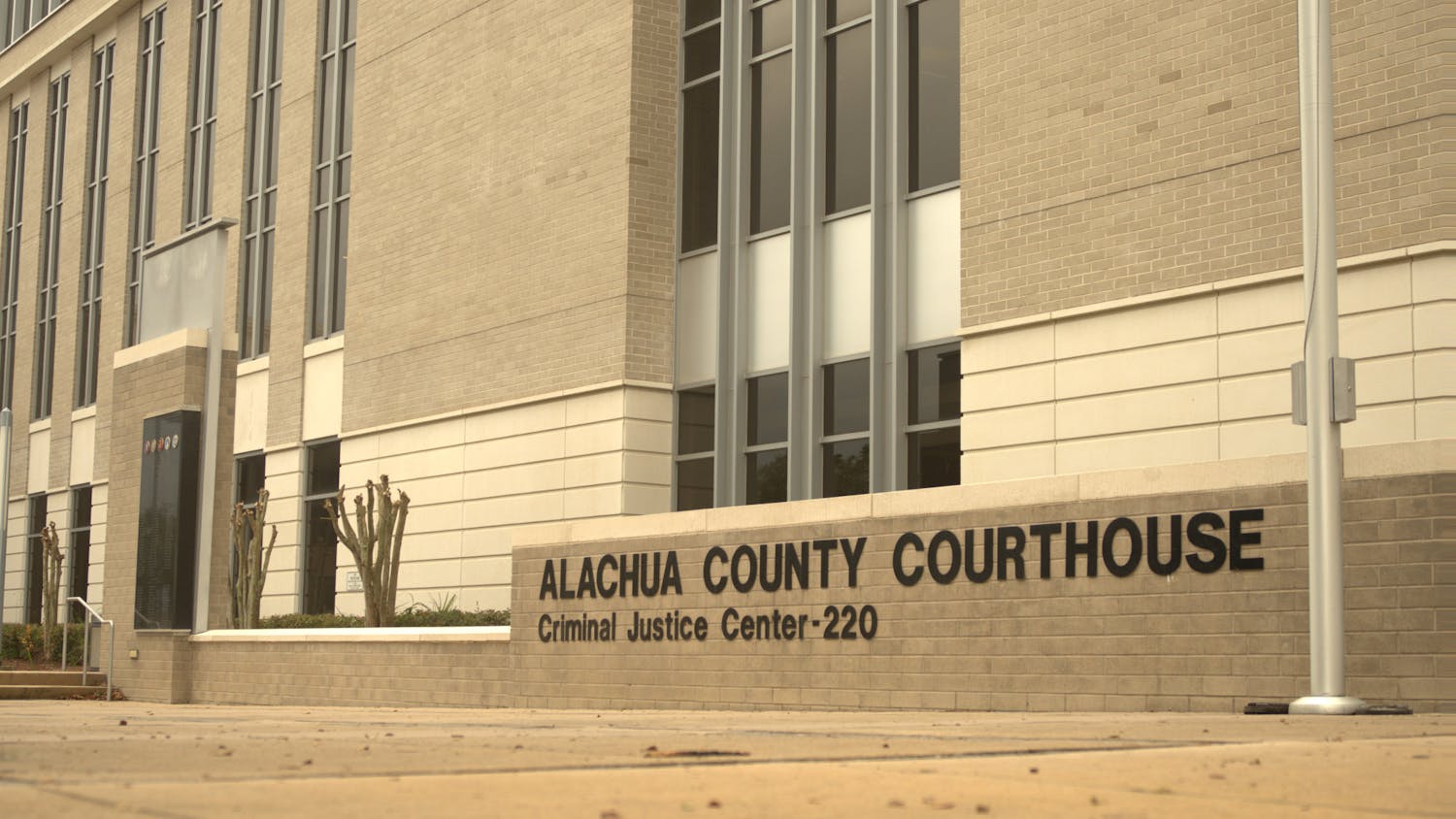There are two criminal justice systems in the U.S.: one for the rich, one for the poor.
You don’t have to look far to find both of them. Two stories set the Internet on fire recently, both regarding child abuse.
Sanesha Taylor is a black, homeless mother of two whose mugshot went viral, complete with tears running like rivers off her cheeks. She was arrested for leaving her two children, aged 6 months and 2 years, while she was in a job interview. Her children were taken away, and she’s facing trial for a felony. The only way she’s been able to pay legal fees so far is through online donations.
“She was upset. This is a sad situation all around. She said she was homeless. She needed the job. Obviously, not getting the job. So it’s just a sad situation,” said Scottsdale Police Sgt. Mark Clark, according to Connecticut TV station WFSB.
It goes without saying — it’s not a good idea to leave your kids locked in a hot car. But are those conditions much different than the ones they’d face on the streets? This woman was homeless, trying to make a better life for her kids and herself by getting a job. It’s not as if she had money for a babysitter.
Robert H. Richards IV is a white, affluent father and heir to DuPont, the ubiquitous chemical company. He also confessed to raping his 3-year-old daughter in 2009. The case recently went viral after it became public when his ex-wife filed another suit against Richards seeking compensatory and punitive damages for the sexual abuse. Richards received a probation sentence for rape instead of jail time because the judge felt he would “not fare well” in prison.
Of course, it’s unclear who exactly does fare well in prison, though looking at this dichotomy does make one thing certain: The two-tiered criminal justice system is alive and kicking. On one hand, you have a woman getting charged with a felony for going to a job interview to make a better life for herself. On the other, you have a rapist getting a slap on the wrist for molesting his own 3-year-old daughter.
Of course, the worry for Richards stems from the stereotype that people who raped children are treated worse than other inmates in prison.
I’m not sure if this is true, having never been in prison myself, but there are options other than letting him off with probation.
An inmate can be placed in protective care alone if his or her safety is threatened. The idea that he wouldn’t fare well is no excuse for his sentence.
The juxtaposition of these cases is a clear-cut reminder of the dual criminal justice systems in the U.S. In fact, people of color make up more than 60 percent of the prison population, according to the Sentencing Project, an advocacy group for prison reform.
One in every three black men will likely go to prison in his lifetime, compared to one in 17 white men. Not to mention that the U.S. has the largest prison population in the world.
As soon as racism enters the discussion, too many retreat. We live in a post-racial society, they say. We elected a black president, after all. But racism is bigger than individuals or prejudice. Racism is systemic, and it has infected every institution from our systems of education to incarceration. This single story of disparity fits into a larger narrative of racism that our country must address.
Skin color and financial status shouldn’t be the deciding factors in whether someone is a prisoner.
[Justin Jones is a UF journalism senior. His columns appear on Thursdays. A version of this column ran on page 6 on 4/10/2014 under the headline "Criminal justice system favors the rich"]





